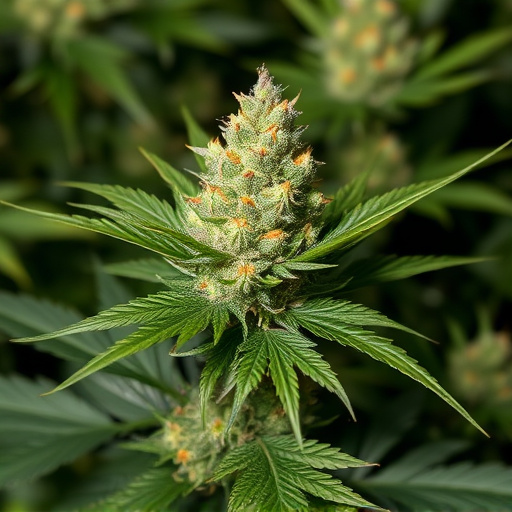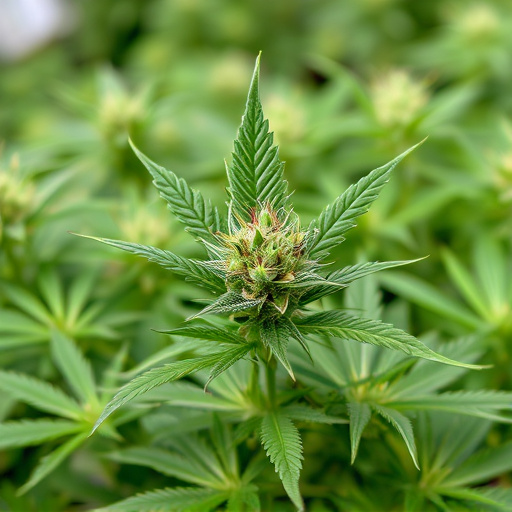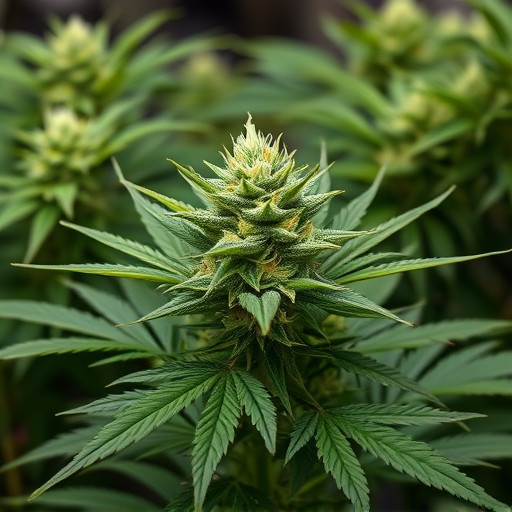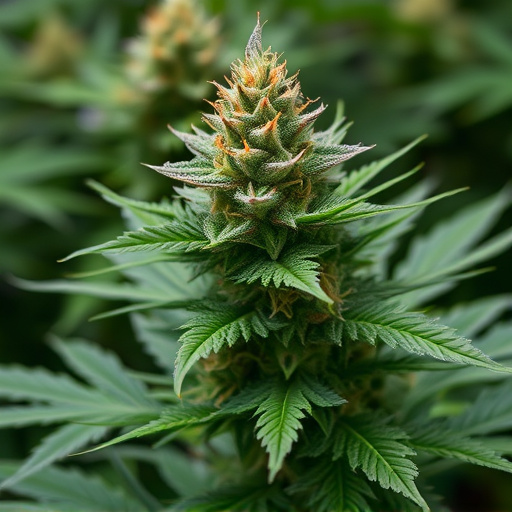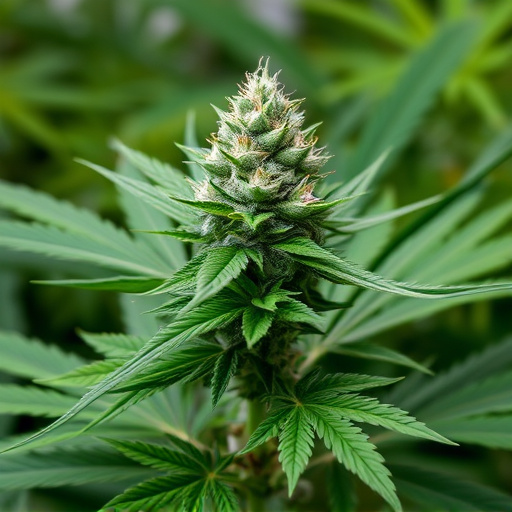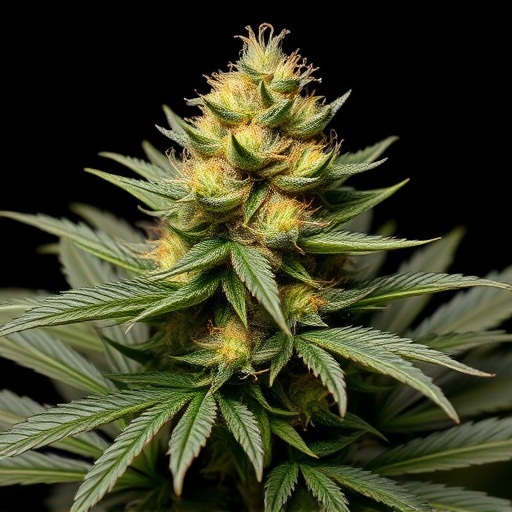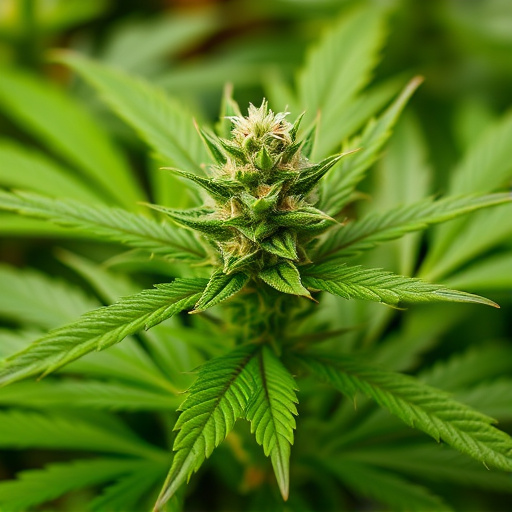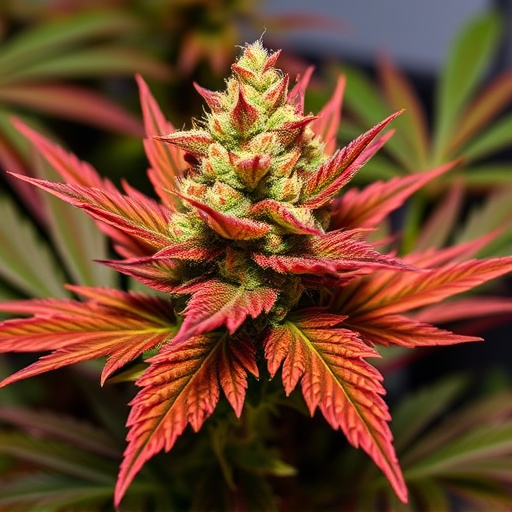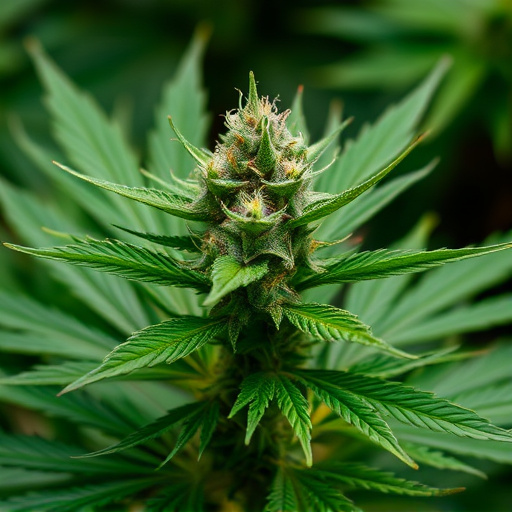Drug testing for cannabis has seen significant advancements, with immunoassays providing quick and inexpensive results but being prone to false positives. Gas chromatography-mass spectrometry (GC-MS), the industry standard, offers superior accuracy by precisely identifying THC compounds based on unique mass-to-charge ratios. Newer tests use chemical analysis to detect trace amounts of THC in even the most potent strains of cannabis, but they may not differentiate between natural and synthetic cannabinoids. Immunoassays, leveraging specific antibodies, offer swift and dependable results, ensuring accurate screening for diverse cannabis products, including the strongest varieties.
“Uncovering the secrets behind weed’s presence in drug tests—a comprehensive guide. From understanding advanced detection methods like chemical analysis, immunoassays, and GC-MS to exploring how different cannabis strains impact test results, this article delves into the intricate world of cannabis screening.
Discover why the most potent strains of cannabis present unique challenges and learn about key compounds, including THC, that can stay in your system. Additionally, explore effective strategies to minimize risks, such as hydration, nutrition, and professional detox programs, offering valuable insights for those seeking to clear their system.”
- Detection Methods: How Drug Tests Identify Cannabis
- – Chemical analysis: Understanding the science behind testing kits
- – Immunoassays and their role in cannabis detection
Detection Methods: How Drug Tests Identify Cannabis
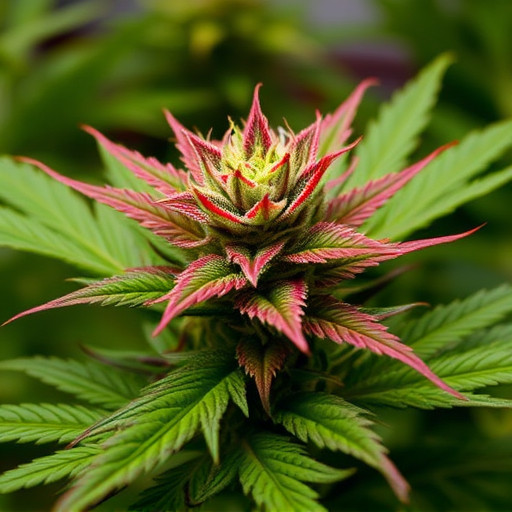
Drug tests designed to identify cannabis, or weed, have evolved significantly over the years, becoming more sophisticated in their detection methods. These tests look for the presence of tetrahydrocannabinol (THC), the primary psychoactive compound found in the most potent strains of cannabis. One common method is immunoassay, where a sample is analyzed for the binding of THC to specific antibodies. This quick and inexpensive technique is widely used but can have false positives due to its non-specificity.
More advanced methods include gas chromatography-mass spectrometry (GC-MS), which offers higher accuracy by separating and identifying THC compounds based on their unique mass-to-charge ratios. This technique is considered the gold standard for cannabis detection, especially in cases where a more in-depth analysis is required. With advancements in technology, these tests continue to improve, allowing for more precise identification of even trace amounts of THC, particularly in the most potent strains of cannabis.
– Chemical analysis: Understanding the science behind testing kits

Drug testing kits, designed to detect various substances, have evolved significantly, including their ability to identify cannabinoids like THC present in marijuana, or tetrahydrocannabinol—the primary psychoactive compound in cannabis. These tests typically rely on chemical analysis, where samples are reacted with specific reagents that trigger a color change or other measurable response when THC is detected. The sensitivity and accuracy of these kits vary, with some capable of identifying even trace amounts of THC, including from the most potent strains of cannabis.
Understanding how these kits work is crucial, as it explains their limitations. For instance, while they can detect THC, they may not distinguish between THC from marijuana and synthetic cannabinoids, sometimes called “spice,” which can produce false positives. Moreover, factors like metabolism and frequency of use influence the duration THC remains detectable in an individual’s system.
– Immunoassays and their role in cannabis detection
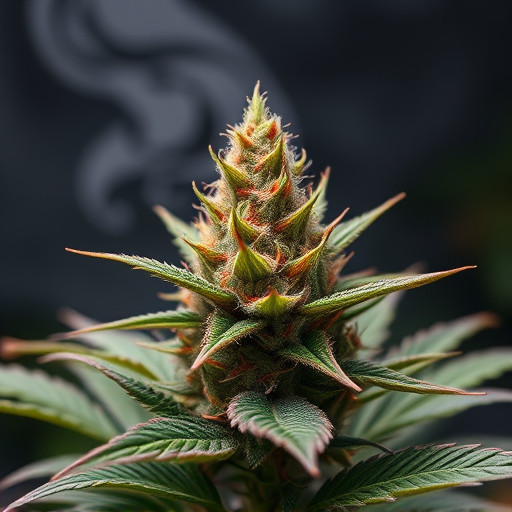
Immunoassays play a pivotal role in detecting cannabis, especially when it comes to identifying the presence of its most potent strains. These advanced tests utilize specific antibodies to detect and quantify cannabinoids like THC (tetrahydrocannabinol), the primary psychoactive compound in cannabis. By measuring the concentration of these substances, immunoassays can determine if an individual has used cannabis recently or even identify the strain type based on its unique cannabinoid profile.
In today’s market where various cannabis products are gaining popularity, accurate detection methods are essential. Immunoassays offer a quick and reliable way to screen for cannabis use, ensuring safety in workplaces, sports, and legal settings. With advancements in technology, these tests continue to evolve, providing more sensitive and specific results, even when dealing with subtle variations among the most potent strains of cannabis.
Weed, or cannabis, can be detected through various advanced methods, including chemical analysis and immunoassays. These tests are designed to identify even the smallest traces of the substance in an individual’s system. While the most potent strains of cannabis may pose a greater challenge due to their high THC content, modern drug testing kits have evolved to keep pace with changing consumption trends. Understanding these detection methods is crucial for both compliance and awareness, ensuring that individuals are well-informed about the potential consequences of using cannabis.




